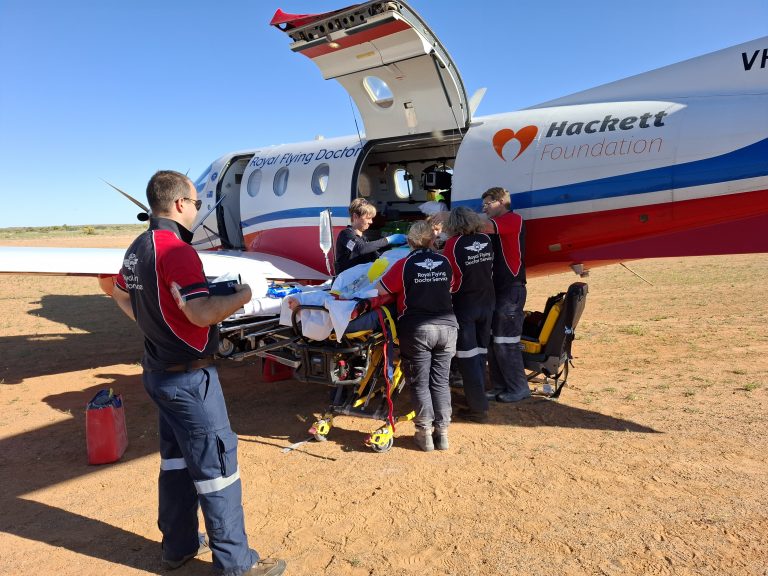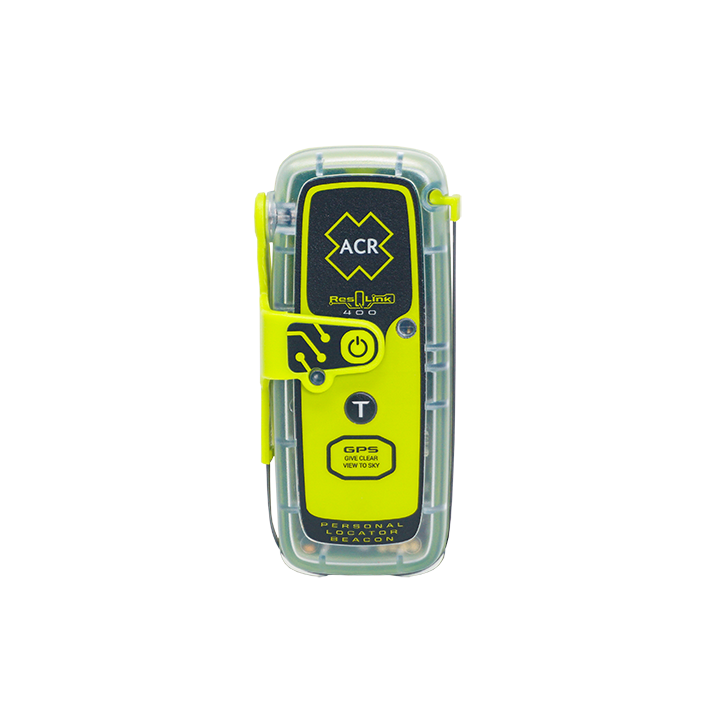They performed emergency field surgery on the cattle station, springing into action with urgency. Their swift actions likely saved Shane’s life. Thanks to their efforts, he was stabilized and flown to the Royal Adelaide Hospital, where he is now recovering.

Lives saved
1

Off-road

Desert

Medical emergency
Normal conditions
Adventure Gone Wrong: Quick Thinking and Heroic Efforts Save Injured Biker in Outback Australia
-28.7184304°S, 138.6303897°E
Posted on September 18, 2024 by Shane
What happened?
A group of friends and I set off on an adventure, confronting the rugged Birdsville Track in outback Australia on our trusty motorcycles. The notorious track challenges with endless dust, scorching heat, and treacherous terrain.
Our lead rider suddenly vanished into a swirling cloud of dust. Instantly, our heartbeats quickened, and we raced toward the spot, fearing the worst. The landscape seemed to close in, increasing the urgency as each second felt like an eternity in our desperate search.
The quiet that followed highlighted the gravity of the situation. Shane had thrown himself from his bike, which lay several meters away. Struggling to breathe and wincing in pain, it was clear his injuries were severe, and he couldn’t continue. The seriousness of the situation set in immediately.
Without doubt, we activated our ResQLink 400 PLB and a Spot Tracker to call for help. As we tended to Shane, trying to make him as comfortable as possible, it became apparent that his condition was worsening. He breathed laboriously, and the pain intensified. In the isolation of the outback, where time feels slower and every minute counts, we were desperate for help to arrive.
Suddenly, another traveler arrived with a satellite phone, a lifeline in these remote parts. We contacted the Royal Flying Doctor Service (RFDS), who assured us help was on the way.
After 2.5 hours, paramedics arrived and assessed Shane’s injuries. Realizing the severity of his chest injury, they quickly transported him to the airstrip for evacuation to safety.
Words of wisdom
Be careful out on desert roads. They change without warning.
Thank you note
We activated our PLB – 400 and another traveler set off a Spot Tracker. We waited. Then we received a message on the Spot Tracker that help was on its way. Eventually another traveler with a Sat Phone assisted and we were able to speak with Paramedics.
The team at Aust Maritime Safety Authority advised us that because there were two alerts they could confirm the need for a medical evac rescue. Royal Flying Doctor Service came to the rescue.
Rescue location
Etadunna, SA 5733, Australia
Rescue team
Paramedics



